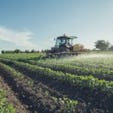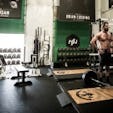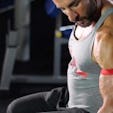Happy New Year!
OK¦ If you woke up and looked in the mirror this morning to see a painful reminder of all your holiday season overindulgences firmly attached to your waistline, the last thing you might be feeling right now is “happy.”
But what if I told you that in 12 weeks you could not only get back to fighting form—ripped even, beyond where you’ve ever taken your body before—and you wouldn’t have to count a single calorie or give up your favorite foods to get there?
No, I’m not promising a quick, easy fix. I’m not telling you that you can keep eating and drinking the way you did over the holidays (or the past few years) and expect a different result. But I do have a foolproof plan to knock the weight you’ve added to your belly/ass/thighs off of you and get you a beach-ready body by the start of spring. And it doesn’t require you locking yourself in at night and subsisting on lettuce and protein powder. In fact, you’ll be amazed at how taking the most basic of steps will yield significant results in just the first four weeks alone.
Begin following the first month-long phase of this 12-week program as outlined below, and then see the next two parts, linked at the bottom. Combine these nutrition guidelines with any Onnit 6 or Onnit in 30 program, you’ll have both the fuel and the fire to transform your physique and performance.
Ready? Then without further ado, Onnit and I proudly present the 12-Week Fat Loss Nutrition Plan.
The First 3 Rules of Eating For Rippedness!

#1 Only Eat When It’s Time To Eat
Losing weight is primarily about controlling calories. The easiest way to start doing that—without having to count your calories or weigh your food—is to simply stick to planned, structured meals. I.e., breakfast, lunch, and dinner.
“But wait, I thought small, frequent meals were best for getting ripped. That’s what all the bodybuilding magazines say.”
Yes, they do, and that’s an approach that can work. But I’d rather you keep it simple. Looking at it logically, the more times you sit down to eat, the more calories you’re likely to take in. Plus, the frequent-eating approach means taking the time to plan and cook your meals well in advance, which I know many of you just won’t have the time to do. And let’s face it, it’s also a hassle. Think of spending your Sunday grilling chicken breasts instead of watching football. It could also mean having to grab food on the go every couple hours when you’re working or running errands. It’s not practical for most people who have busy lives (or, ahem, lives they’d like to enjoy).
“What about fasting?”
If eating often leads to taking in more calories, then it stands to reason that skipping a meal entirely, or at least going a long time without one, would mean you’d eat less food. So, if you think that will be the case for you, then go ahead and fast. Most people who like the intermittent fasting style of dieting prefer to skip breakfast, which usually gives them about 16 hours without food. This can work very well, provided that you’re not the type who goes mad with hunger and overeats at their next meal, which research has shown is a possibility. Ultimately, the frequency with which you eat comes down to a matter of preference, but I recommend sticking to three normal meals a day for simplicity’s sake. It’s the easiest schedule for most people to stay on.
Cut out all snacking. No more pretzels from the vending machine, lattes on the way to work, or late-night brews. This may sound brutal at first, like you’ll starve, but in Rules #2 and #3 I’ll show you how to fill up on healthy food so you don’t have these cravings anymore.
And, like most rules, there are some exceptions. If you normally work out after dinner, you can (and should) have a snack afterward so you don’t go to bed on an empty stomach (more on what this should be later). Or, if you typically eat lunch at noon, work out mid day, and won’t be eating dinner until later that evening, a post-workout snack should be added as well. Heck, even if you don’t plan to work out mid-afternoon, if you eat an early lunch and can’t have dinner until 8 or 9 p.m., you should have a snack sometime in between to tide you over.
What exactly is a snack?
â Veggies and hummus? Great.
â Berries and nuts? Yep.
â Apple and peanut butter? Perfecto.
Almost any combination of protein, fiber, and whole-food fat is a winning trio. Chips, dip, soft drinks or sugar-bomb lattes? No.
Apart from these snacks, don’t eat anything unless you’re sitting down for breakfast, lunch, or dinner. When you’re done with your meal, the kitchen is closed.
One of the biggest obstacles to weight loss is eating out of sheer boredom, not physiological hunger. Maintaining the “kitchen closed” policy will help break that cycle.
#2 Control Portions With Your Hands
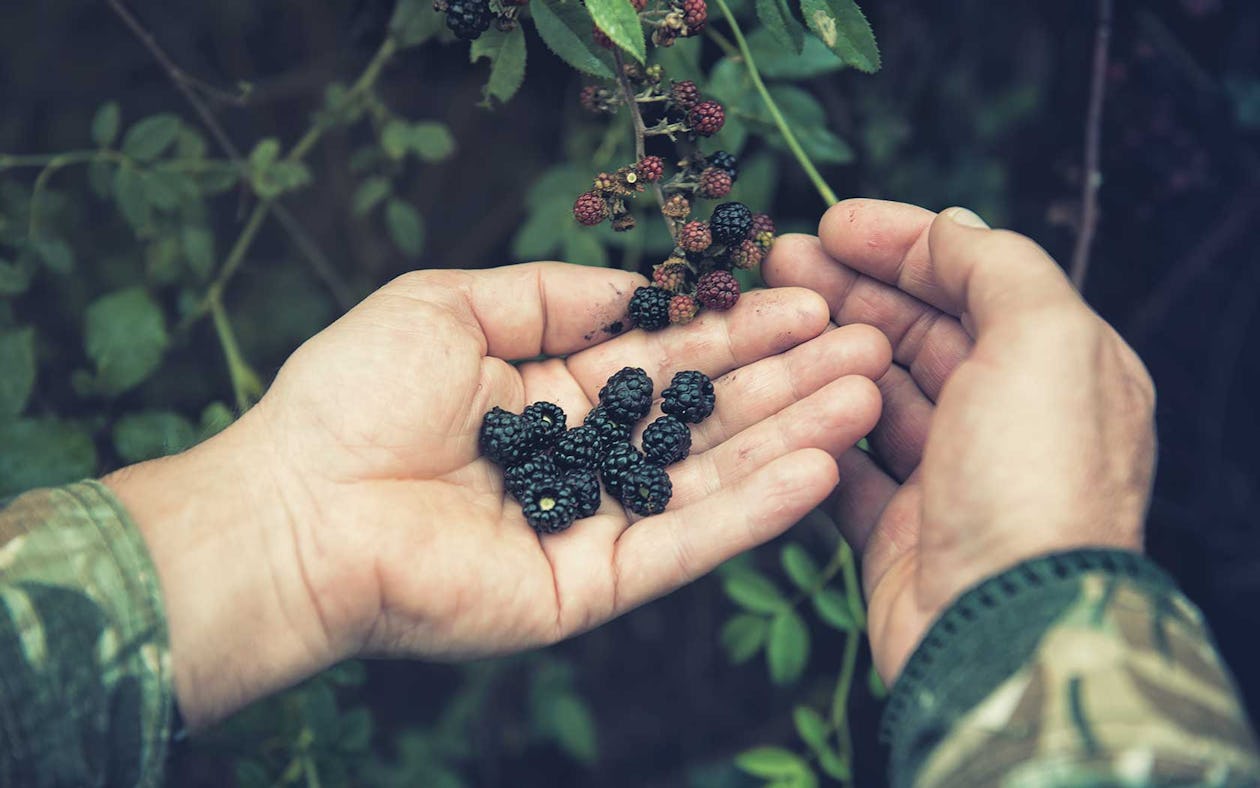
All of your meals should be structured the same way. They should contain at least one handful of protein, a minimum of two handfuls of vegetables (or one piece of whole fruit and one handful of veggies), and one handful of starchy carbohydrates.
Protein, if you weren’t sure, is any type of meat or fish. A handful-size chicken breast or a hamburger patty is one serving of protein. The same goes for whole cuts of beef, turkey, pork and salmon or tuna fillets. Similar amounts of eggs, cottage cheese, Greek yogurt (no sugar added), and protein powder supplements are also good sources.
Fatty, processed foods like hot dogs and bacon are permissible in this first four-week block, but use common sense and avoid them most of the time. If you’re at a football game and can’t get a lean chicken breast, a ballpark frank is better than starving (unless you prefer to fast), but don’t convince yourself that you don’t have better options most of the time. Because protein is filling and it supports muscle growth, I’m not putting a firm limit on it. Have at least a handful in every meal, but if two or three handfuls is what it takes to keep you full and feel like you’re recovering from workouts, then go ahead. Again, the leaner and plainer the protein source the better. Think meat and fish, not In-N-Out Burger, even if you do toss the bun.
Starches include potatoes, sweet potatoes, beets, beans, and whole grains like rice, oats, and quinoa. A slice of whole-grain bread like Ezekiel is great too.
Beyond just making your meals easier to control and stick with, there is some solid nutritional science behind my recommendations. A palmful of protein, regardless of the source, will usually give you 25–35 grams of the stuff (depending on the size of your hand).
Vegetables and fruits are foods you can eat liberally. Fruits don’t rank quite as high as veggies since some are higher in sugar and calories, but no one ever gained weight because they couldn’t stop eating fruit. As long as you’re eating whole fruit—say, a peach as opposed to canned peaches that have marinated in a pool of syrup—you can count on its fiber slowing down the digestion of the sugar, keeping your energy steady and your belly full.
In fact, if in the first few weeks you find yourself absolutely unable to adhere to the “eat only at breakfast, lunch, and dinner” rule, there’s no harm in breaking it with veggies and fruit and more protein as well. I’d still prefer you eat three meals a day and that’s it, but if you’re going to fall off the wagon, I’d rather you crashed into a bed of celery, carrot sticks, and a hamburger patty than a pile of potato chips or bowl of ice cream. Overeating with natural, healthy food always trumps gorging on more calorie-dense junk. Make sense?
Veggies in particular are naturally low in calories and high in fiber—not to mention numerous essential vitamins and minerals—so they help your weight loss in multiple ways. When I say to serve yourself a “handful” in this case, it’s just for the sake of practicality. Don’t feel you need to limit your intake of greens in any way. If you’re using tongs to serve yourself veggies at a salad bar, feel free to squeeze as many between the claws as possible.
Because starches contain a fair amount of calories and raise blood sugar, they need to be contained—but not cut out, because they supply energy. A handful of starch is the amount that would fit in your cupped hand (in the case of potatoes, it’s typically one potato, and for bread, it’s one slice).
We’ll worry about maximizing the quality of what you’re eating in later installments of the program, but for the time being, it’s enough to just get in the habit of eating less and with balanced portions.
If your eating habits are so out of whack that you’re consuming Big Macs on a daily basis¦ Well, one Big Mac is better than two. It’s still more important that you focus on eating your meals—however imperfect they may be—according to the formula here than trying to make massive, sweeping changes that you can’t possibly sustain. I’d love for you to start eating lean chicken and broccoli every day, but if you’ve been eating fast food three times a day for years, I don’t expect you to make the switch overnight.
#3 Start Each Day With Protein
Studies have shown over and over that protein helps fill you up so you don’t overeat. It also helps you build and repair muscle, and burn more calories throughout the day—because it takes so much energy to digest.
Most people eat no protein in the morning and not enough throughout the day, so simply resolving to eat a high-protein breakfast can make a huge difference—and it doesn’t have to take long. The following are a few examples of protein-rich starters that you can make in minutes and take with you, or simply grab off a shelf in a deli or gas station.
â 1 cup plain Greek yogurt
â 1 cup cottage cheese
â 4 whole eggs (or a few whole with a few whites, if you prefer)
â 2 whole eggs and 2 oz of steak or chicken
â 1 handful smoked salmon
â protein smoothie made with 1 scoop protein powder
Each of these counts for about one serving of protein, and should be balanced with veggies/fruit and a starch. The next time you rush off to work in the morning, think about grabbing a yogurt, one piece of whole fruit, and a slice of toast, or a single-serving package of instant oatmeal.
One Perfect Day of Eating
Use the following sample menu as a guide for how to eat over the next four weeks. Note that this plan does not need to be followed verbatim every day, but is an example of how to portion your meals and choose your foods. Adjust it to your own tastes—if you don’t enjoy the process, you won’t stick with it.
Breakfast
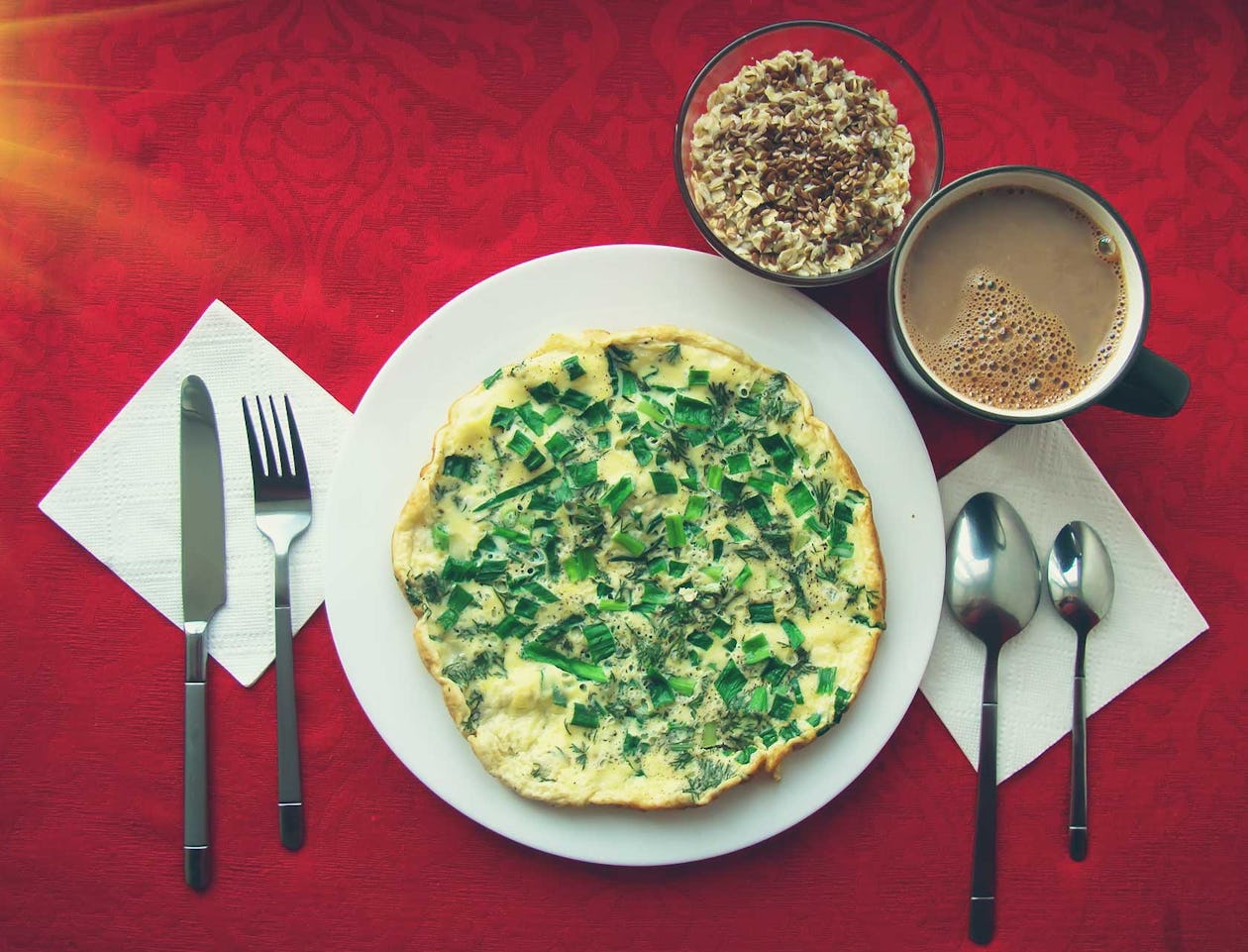
Egg Scramble and Oatmeal
â 2 whole eggs
â ½ handful smoked salmon
â 2 large handfuls of spinach (cooked into the eggs)
â 1 small handful of cheese* (melted on the eggs)
â 1 handful oats (cooked as oatmeal)
â 1 handful berries (fresh or frozen)
*I don’t recommend you eat cheese by itself, but a handful (just enough to fill your palm, not all the way up to your fingers!) can be added occasionally to round out your protein serving.
Lunch
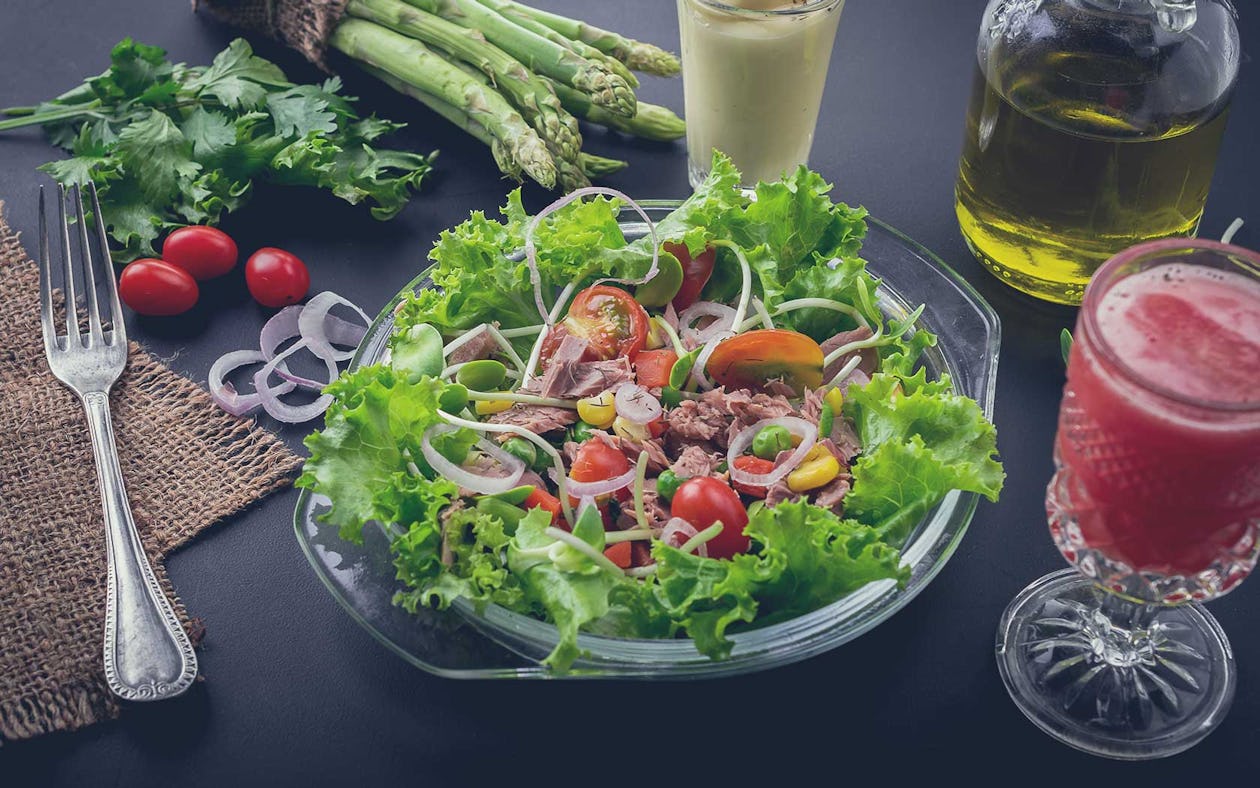
Tuna Salad
â 1 can tuna
â 1 tbsp balsamic vinaigrette*
â 1 handful cherry tomatoes
â 1 handful mixed greens
â 1 cup brown rice (tip: you can buy packs of brown rice that can be microwaved and are done in 90 seconds)
Mix all ingredients and enjoy
*Seasonings and condiments that contain sugar and fat should be limited to the serving size recommended on the container.
Afternoon Snack*

â 1 handful mixed nuts
â 1 apple
â Protein shake blended with a banana
*This is optional, and you should only consume a snack if it’s going to be several hours before you have dinner and you know you’ll feel like you’re starving otherwise. Additionally, you can have a snack if you’ve just worked out.
Dinner
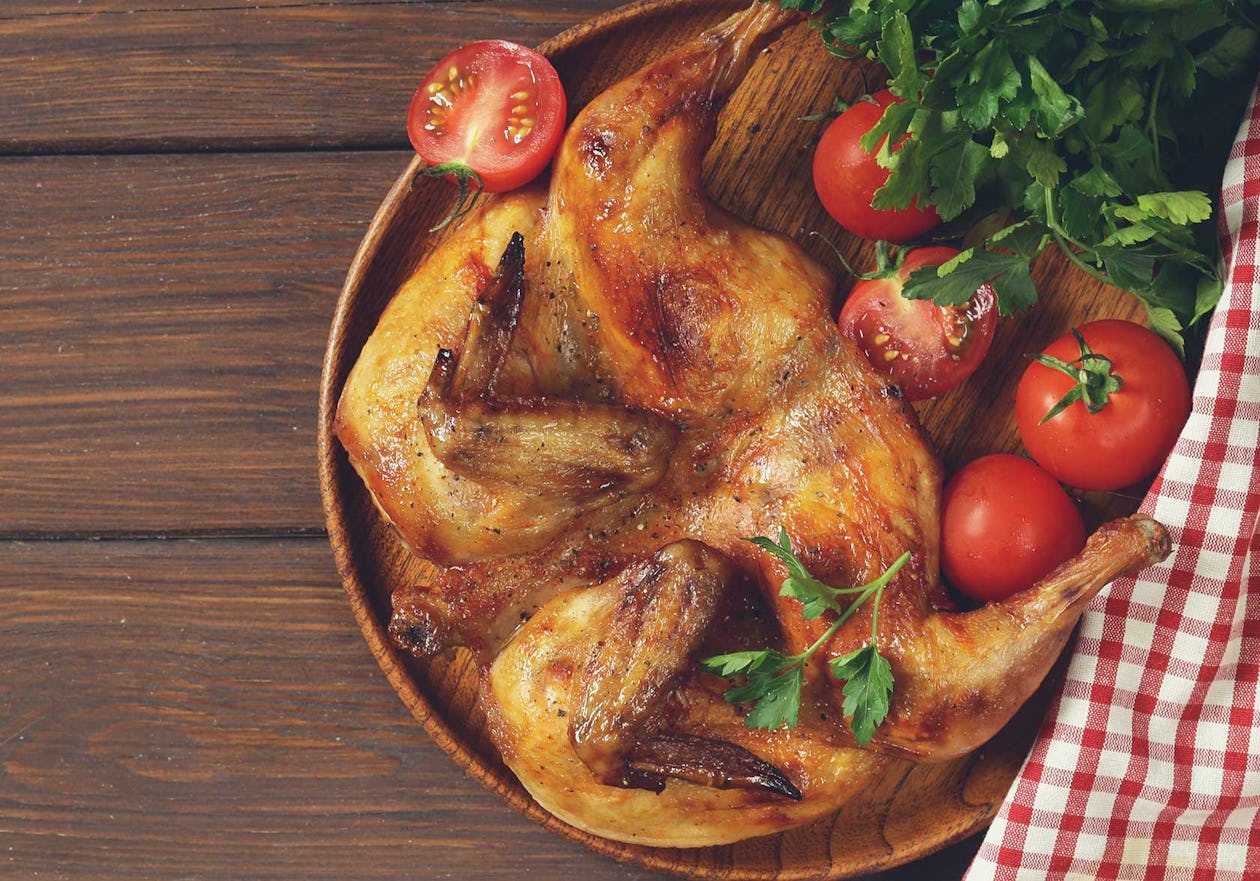
â 1–3 handfuls portion of rotisserie chicken (from any grocery store)
â 2 large handfuls of arugula
â 1 large handful mixed, colorful veggies (picked up from the salad bar at your grocery store to make it easy)
â 1 cup black beans
â 1 tbsp oil
â 1 tbsp vinegar
Post Workout*

â 1 cup Greek yogurt
â 1 cup berries
â Protein shake blended with a banana
*Only have this snack if you work out after dinner.
Alcohol and Dessert
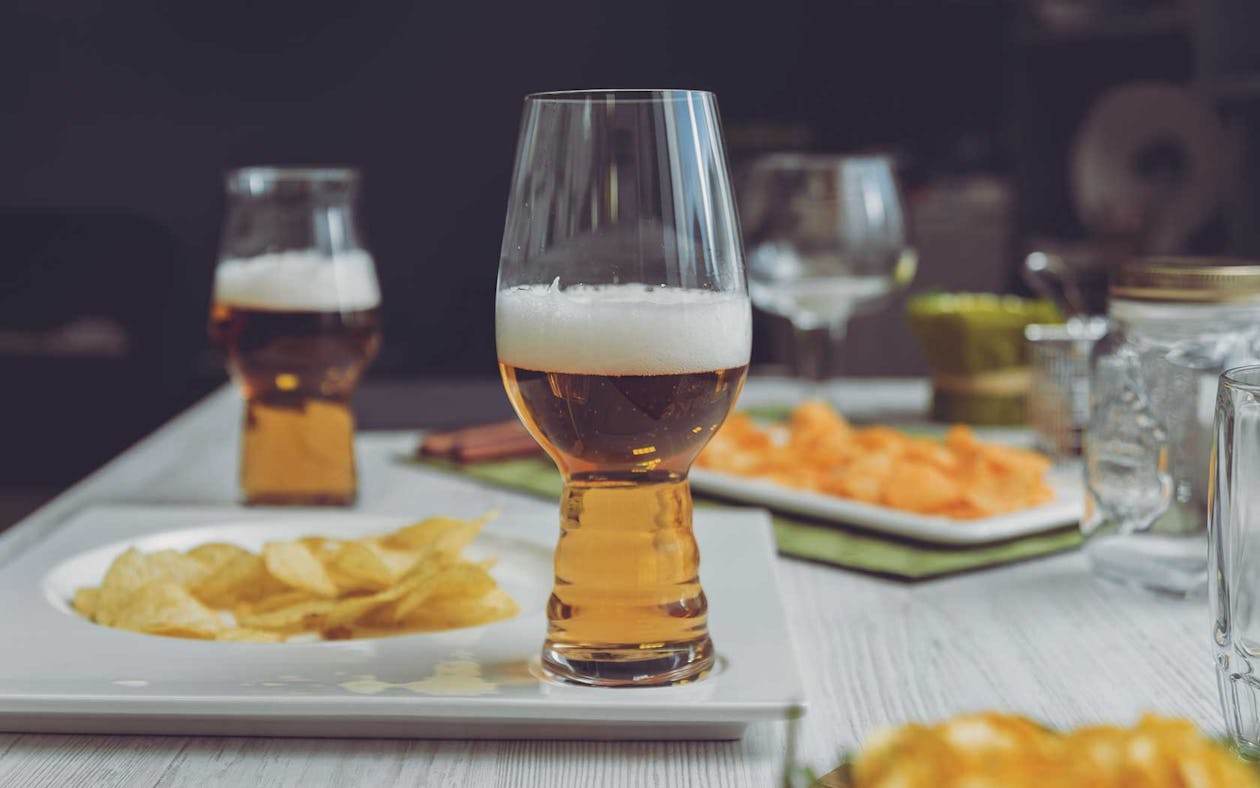
We won’t ban these in this stage of the plan but, as with obviously sub-par protein choices like hot dogs, we have to limit them. Here’s the rule: you can enjoy booze, cookies, soda, etc. only when you’re with other people at a social event. You will never consume them alone.
Not going out Friday night? That doesn’t mean you can stay in and throw a party for yourself. And when you do go out, give yourself a maximum of two alcoholic drinks or servings of junk food. No more than two nights per week also.
There you go. Get on it (er, Onnit!), and check out the next two installments when you’re ready!
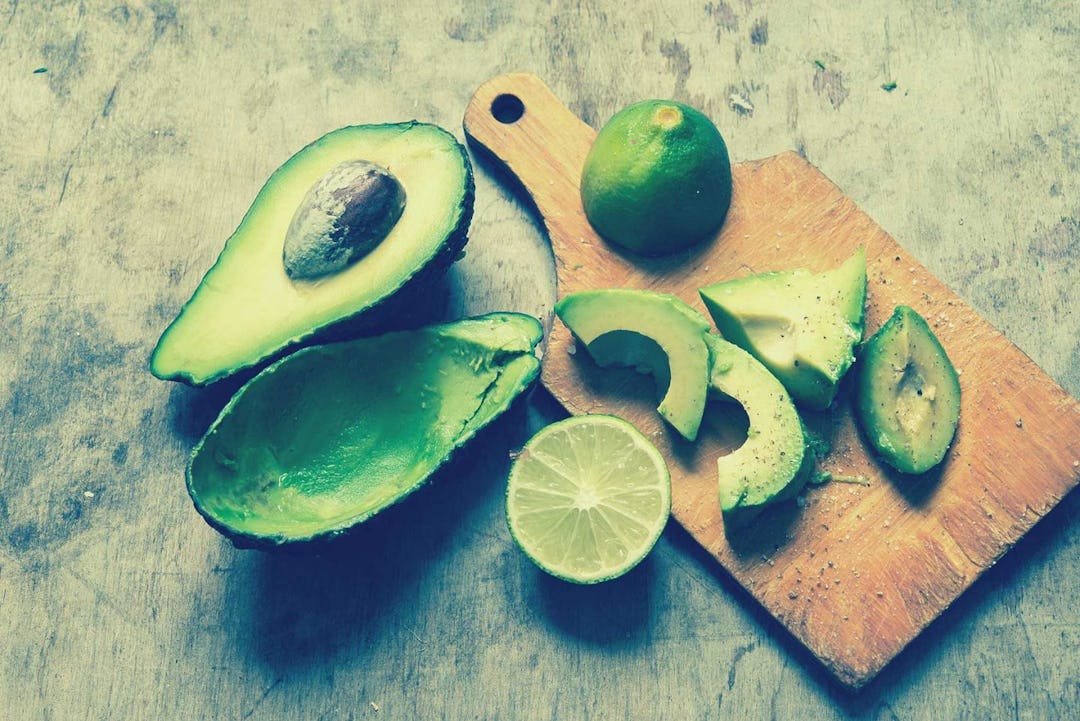
)
